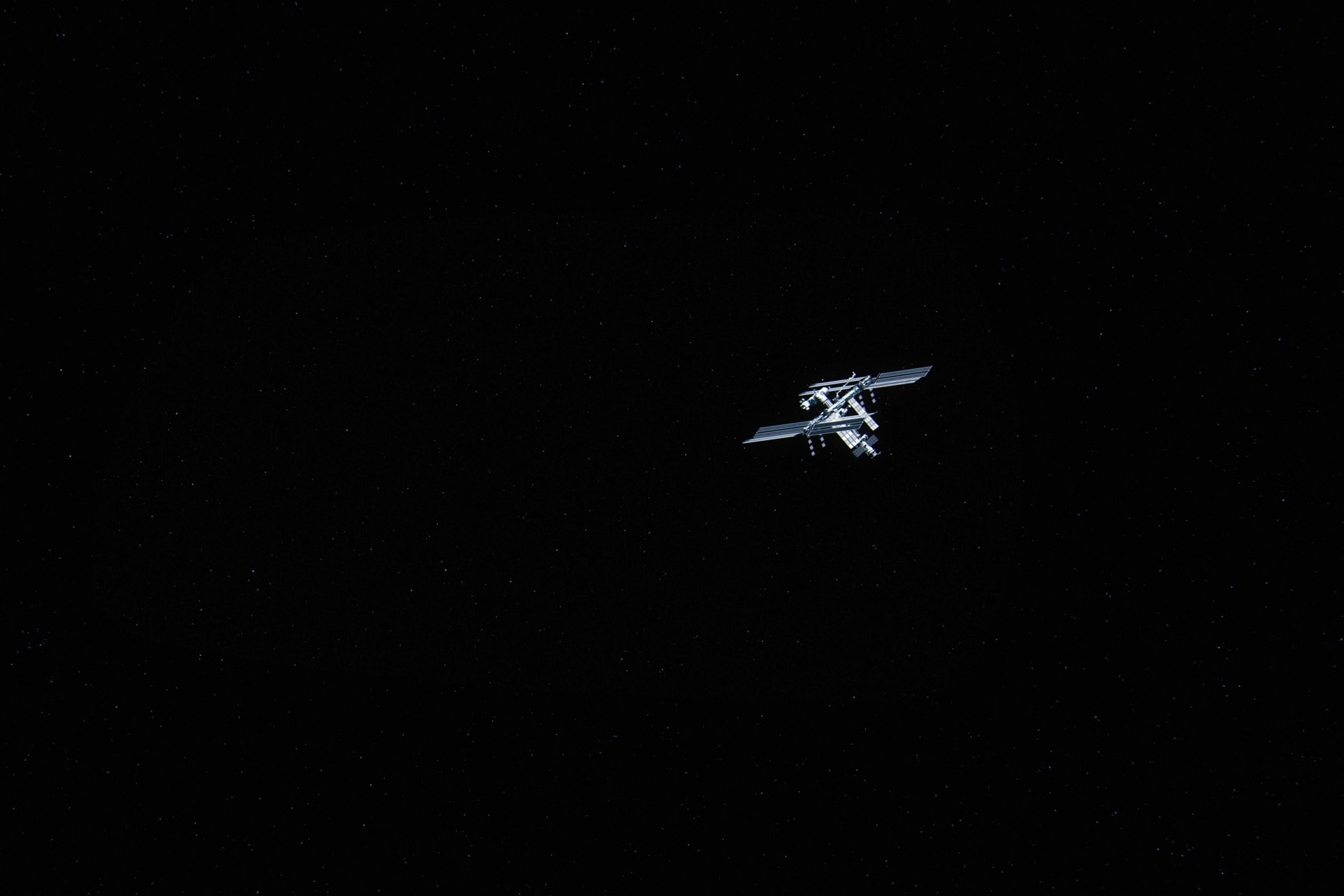
An international team of researchers has successfully demonstrated quantum entanglement, in space, in a satellite the size of a shoe box.
The project was funded by the UK Space Agency and Singapore’s National Research Foundation. Potential near-term applications include space-based quantum key distribution (QKD), the team said this week.
Quantum entanglement happens when two particles become linked, with the state of one affecting the other, regardless of how far apart they are. (Einstein famously described it as “spooky action at a distance”).

The satellite featured a miniaturised photon-pair source comprising a blue laser diode that shines on nonlinear crystals to create pairs of photons
This was deployed on SpooQy-1, a CubeSat that was deployed from the International Space Station on June 17, 2019.
“The researchers are now working with RAL Space in the UK to design and build a quantum nanosatellite similar to SpooQy-1 with the capabilities needed to beam entangled photons from space to a ground receiver”, the University of Strathclyde, which supported the project, said.
“This is slated for demonstration aboard a 2022 mission.”
See also: This World-First, Ultra-Secure Network is Testing Quantum Key Distribution
Large scale networks for entanglement distribution over optical fibres are challenging owing to the optical losses that occur over distance, although various teams are working to try and overcome those challenges.
(These include tests over a 125-km network from BT’s Adastral Park to Cambridge, focussing on testing “Coherent One-Way” quantum key distribution, which, encodes a cryptographic key upon a single photon. As any attempt to read the photons alters their encoding, this allows the secrecy of each key to be tested and guaranteed at the other end of the line.)
The satellite-based project is a some way from leading to space-based QKD, which would require sharing entanglement between a nano-satellite and a ground receiver. As the report’s authors note in the journal Optica: To achieve this goal, it is necessary to equip a nano-satellite with an optical terminal that has a pointing capability of approximately 10 µrad [one millionth of a radian].
They added: “While this additional infrastructure is demanding, solutions have been reported from the commercial sector…”
Successful ruggedisation of the infrastructure to generate entanglement in space meanwhile included a “complete redesign of the mounts that align the nonlinear crystals” with the photon-pair source maintaining “very high-quality entanglement throughout the testing and crystal alignment was preserved, even after repeated temperature cycling from -10 °C to 40 °C.






